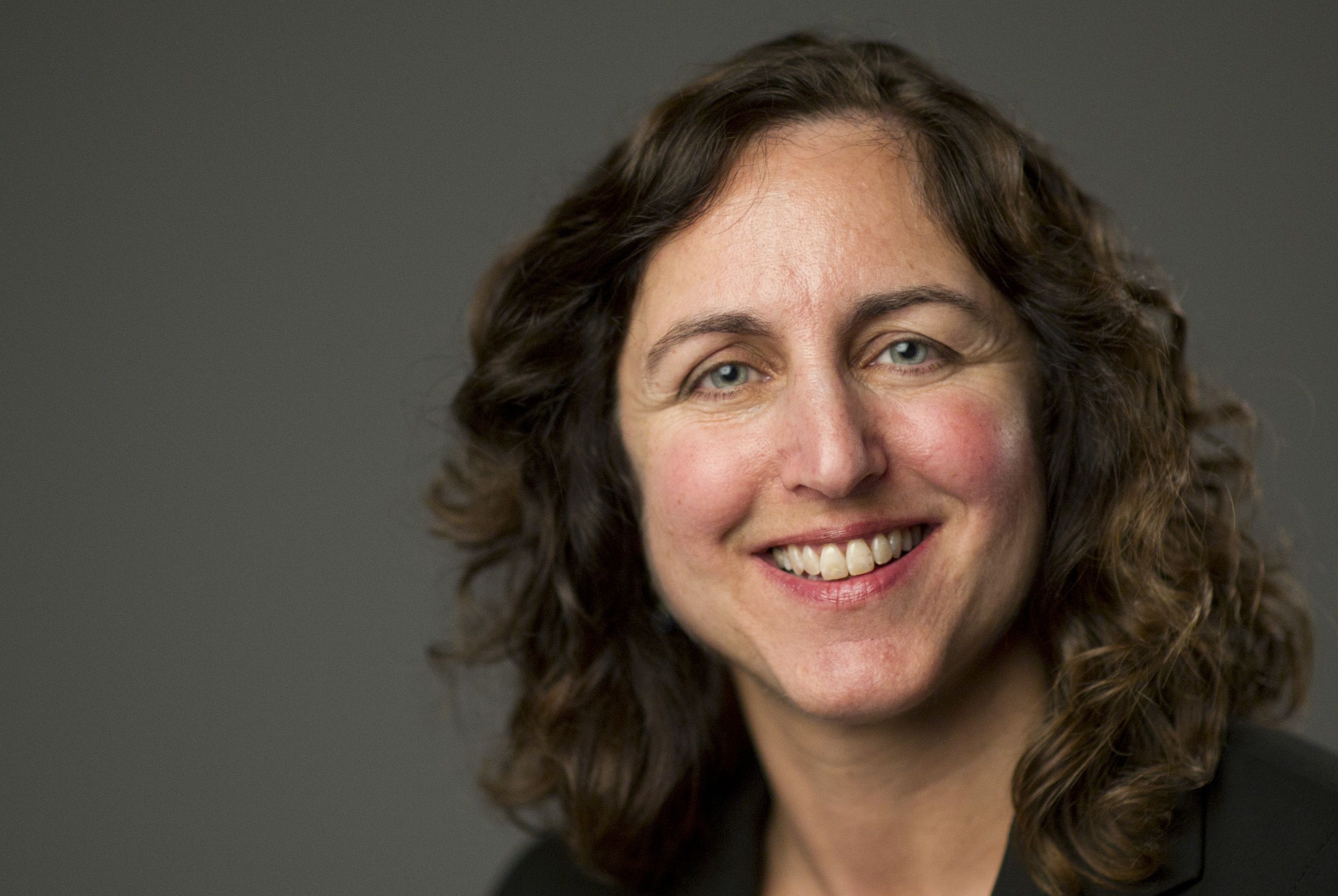Medical ed programs win support in JFAC, including adding 5 WWAMI seats
The vote was 19-1 in JFAC this morning for boosts to Idaho’s Health Education Programs budget, including five new seats for first-year Idaho students in the WWAMI program, two in the University of Utah medical school program, and six additional first-year residents at the Kootenai Health Family Medicine Residency program, bringing that program up to 18 students and completing its three-year buildout.
The only "no" vote came from Rep. Jason Monks, who didn’t explain his opposition; all comments from JFAC members were positive. Sen. Dan Schmidt, D-Moscow, a physician, called it “very impressive” that the state has continued its commitment to gradually increasing its medical education programs, even through some tough budget years. Idaho has no medical school; the cooperative programs are a way for Idaho students to become doctors.
“I think it’s been quite conservative, if I may say so, but it’s also wise,” Schmidt said. “I am very impressed that we’ve been able to do this in the face of what hasn’t been good financial conditions.”
Sen. Dean Mortimer, R-Idaho Falls, proposed the budget; he had a bipartisan group of eight co-sponsors who helped craft it, including Sens. Steven Thayn, Roy Lacey, and Schmidt, and Reps. Wendy Horman, Steve Miller, Phylis King and John Gannon.
Overall, the budget reflects a 5.6 percent increase in state general funds, and matches the governor’s recommendation. The increase of five seats in the WWAMI (Washington, Wyoming, Alaska, Montana, Idaho) Medical Education Program brings it up to a total of 40 students per year. It provides Idaho students with the opportunity to attend medical school through a cooperative agreement with the University of Washington. The boost of two students to the University of Utah medical school program brings it up to 10 Idaho students a year; it’s long been at eight students.
Other health education programs that are continuing, and not increasing, include the Washington-Idaho Veterinary Education Program, which provides access to a veterinary medical education through a cooperative agreement between the University of Idaho and Washington State University; the Idaho Dental Education Program, which provides access to dental education for Idaho students through a cooperative agreement between Idaho State University and Creighton University in Omaha, Neb.; family medical residency programs in Boise and Pocatello, which like the Kootenai program provide the final three years of family physician residency training and encourage newly graduated medical doctors to practice in Idaho; the Boise Internal Medicine residency program, which offers training at rural and underserved sites in Idaho; and the Idaho Psychiatry Residency Program, which offers training for residents who spend the first two years at the University of Washington and the last two years in Boise, with clinical rotations at hospitals around the state.
